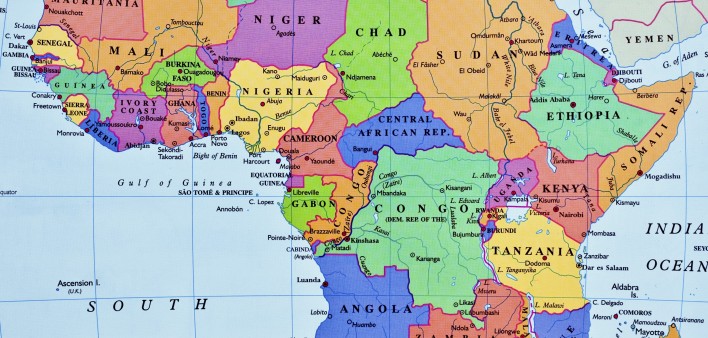The global HIV community’s strong focus on national rates of fully suppressed virus among people living with HIV may be shortsighted because such figures do not take into account changes in the prevalence of HIV in an overall population, aidsmap reports. Consequently, the rate of detectable virus among the HIV-positive population may not be the best indicator of the overall risk of transmission in any particular nation or area.
In 2014, the Joint United Nations Programme on HIV/AIDS (UNAIDS) called on nations to get 90 percent of their HIV populations diagnosed, 90 percent of that group on ARVs and 90 percent of that group virally suppressed, accomplishing this by 2020. The product of these figures, 73 percent, represents UNAIDS’s goal for the rate of viral suppression among a national HIV population.
Publishing their findings in Clinical Infectious Diseases, researchers analyzed HIV test results from a population-based surveillance system in the KwaZulu-Natal province of South Africa. They culled together 6,752 HIV-positive and 15,415 HIV-negative test results taken in 2011, 2013 and 2014.
For their analysis, the study authors calculated the proportion of the HIV community who had a detectable viral load as the percentage of those with the HIV-positive test results who had a viral load greater than 1,500 (often considered the threshold for making HIV significantly transmittable). They calculated the proportion of the general population with a detectable viral load by considering the proportion of those with HIV-negative and HIV-positive test results who had a viral load above 1,500.
The researchers found that between 2011 and 2014, the proportion of the HIV population with a detectable viral load fell by 16.5 percentage points among women (from 71.8 percent to 55.3 percent) and 10.6 percentage points among men (from 77.8 percent to 67.2 percent). During this time, the proportion of the population living with HIV increased from 26.7 percent to 32.4 percent. This shift offset the declines in the rate of people living with HIV with a detectable viral load. Among women, the proportion of the total population with a detectable viral load decreased by only 2.1 percentage points (from 21.3 percent to 19.2 percent), while among men the rate increased by 1.6 percentage points (from 14.6 percent to 16.2 percent).
To read the aidsmap article, click here.
To read the aidsmap article, click here.







Comments
Comments